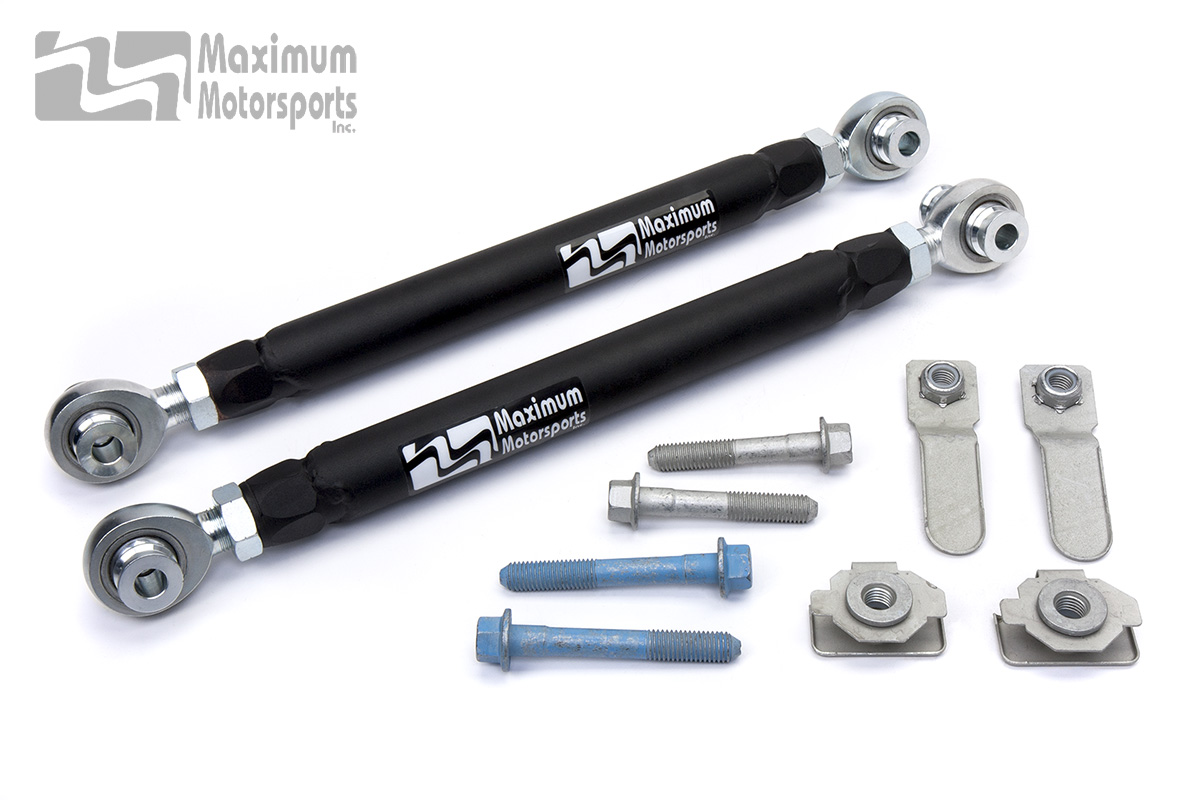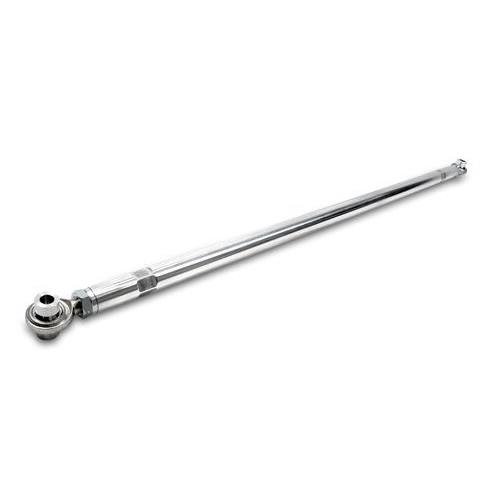0F916215-723B-4E56-86CA-C293C36E42C1.jpegLooking for any opinions or experience with LCA relocation brackets for my 2011 GT500. The car isnít lowered, it is a PP car so itís slightly lower from the factory. The car does have upper and lower Roush LCAís and traction is non-existent. I was wondering if the relocation brackets would help.




 Likes:
Likes: 

 Reply With Quote
Reply With Quote

